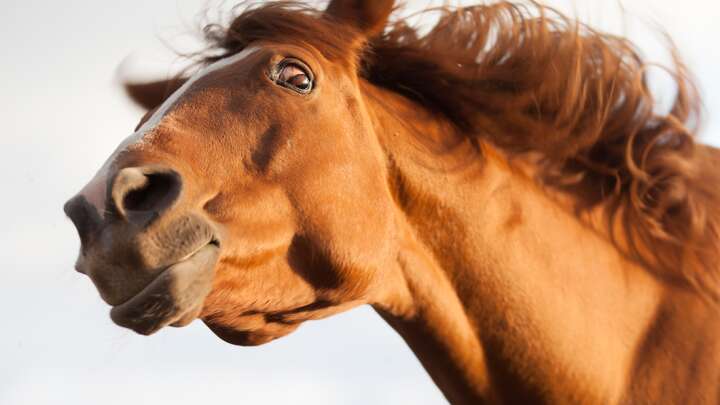Salespeople often develop different tactics and gimmicks to make a sale. Some are common, some are creative, while others are downright deceptive. These methods are more common during medieval times for horse-trading. Did you know that eels were once a tool used by these horse traders?
In medieval times, cunning horse dealers would do anything to sell older horses. One of their tricks is called feaguing, where a live eel was placed in the horse’s rectum. This would make the horse look livelier, carrying its tail well.
The Origin of Feaguing
The book published by Francis Grose, the 1811 Dictionary in the Vulgar Tongue, was a compilation of buckish slang, university wit, and pickpocket eloquence. It contained vulgar words and their definition and was written to be downright hilarious. Its circulation was confined almost exclusively to the lower orders of society. (Source: RJ Julia)
One of the vulgar words published in the book is the term feague. The word is under the Race terms section. Feague is defined as stuffing ginger or an eel up a horse’s ass to make him more lively and carry his tail well. (Source: Joanna Waugh)
At the time, feaguing was a practice that was well-spread among horse breeders and traders. The method was so popular that a horse dealer’s servant would incur a forfeit should he attempt to present a horse without feaguing it first.
At that time, horse traders desired to make their horses look as vigorous and as energetic as possible, helping in demanding a better price for it despite it being an old, broken-down horse. (Source: Haggard Hawks)
Before the 1800s, feaguing was usually done with a live eel, often mentioned in poems written in the 1700s. In his 1700 poem A Song Upon Dancing, Humorist poet Edward Ward writes that dancers skip with nimble force, like eels in a horse’s belly, which Jockeys use each market day. At Grose’s publication, eels were soon replaced by ginger. (Source: Historiacartum)
Why Did They Use Ginger Instead?
In today’s world, the method is still done. But instead of placing an eel, traders would rather put a large piece of ginger up the horse’s fundament. A paste product called Gingerol is used. The practice is done to make the horse carry its tail high, instead of the previous century’s goal of making the horse appear young and energetic. (Source: Definitions)
The practice is actually considered illegal in almost all horse show sanctioning organizations as it is regarded as an act of cruelty in any civilized community. Random ginger swabbing is accomplished in horse shows to ensure that the practice is not committed during contests.
Some horse breeders use different irritants such as cayenne pepper, turpentine, mercuric iodine, and even kerosene. These can lead to severe tissue damages around the perineal area of the horses. (Source: Equisearch)
What is Bishoping?
Another cruel horse trader trick is called Bishoping. It was named after a crooked horse salesman, Mr. Bishop. This act of cruelty against horses involves filing their teeth. As horses’ teeth continuously grow, becoming a sign of the horse’s age, bishoping will make even old horses look young. (Source: Haggard Hawks)
